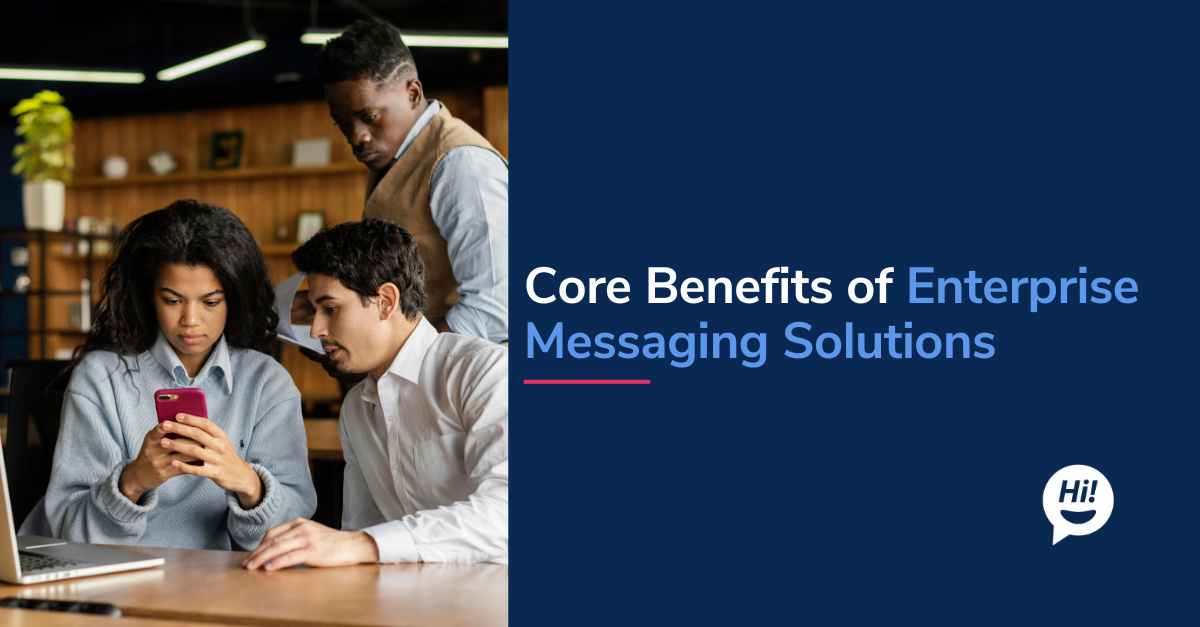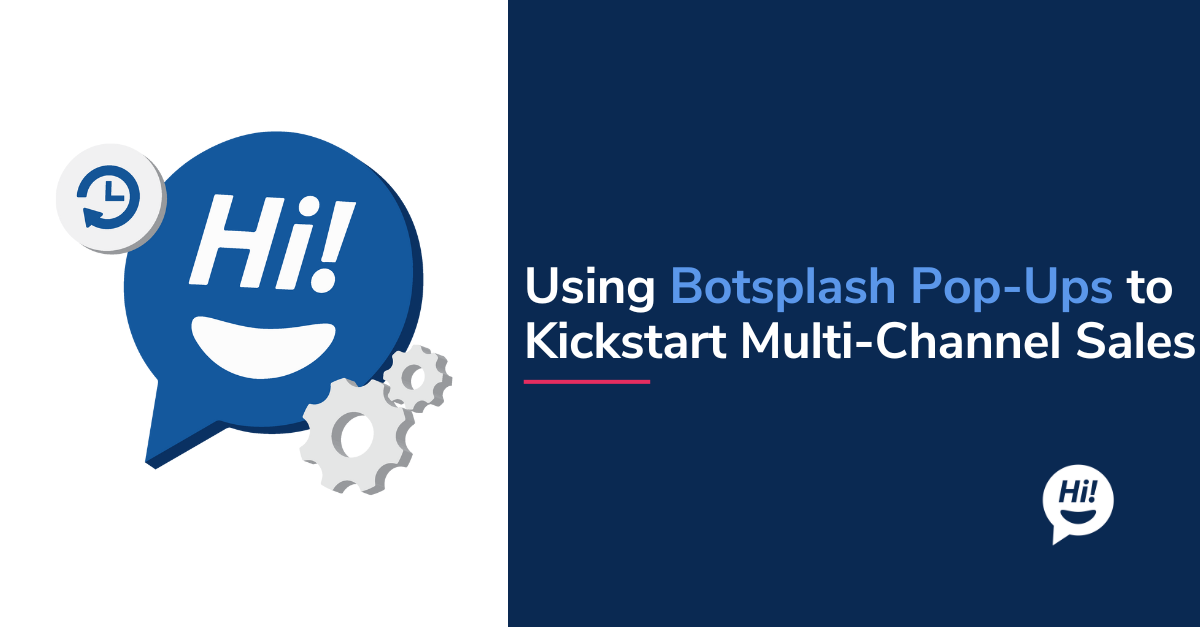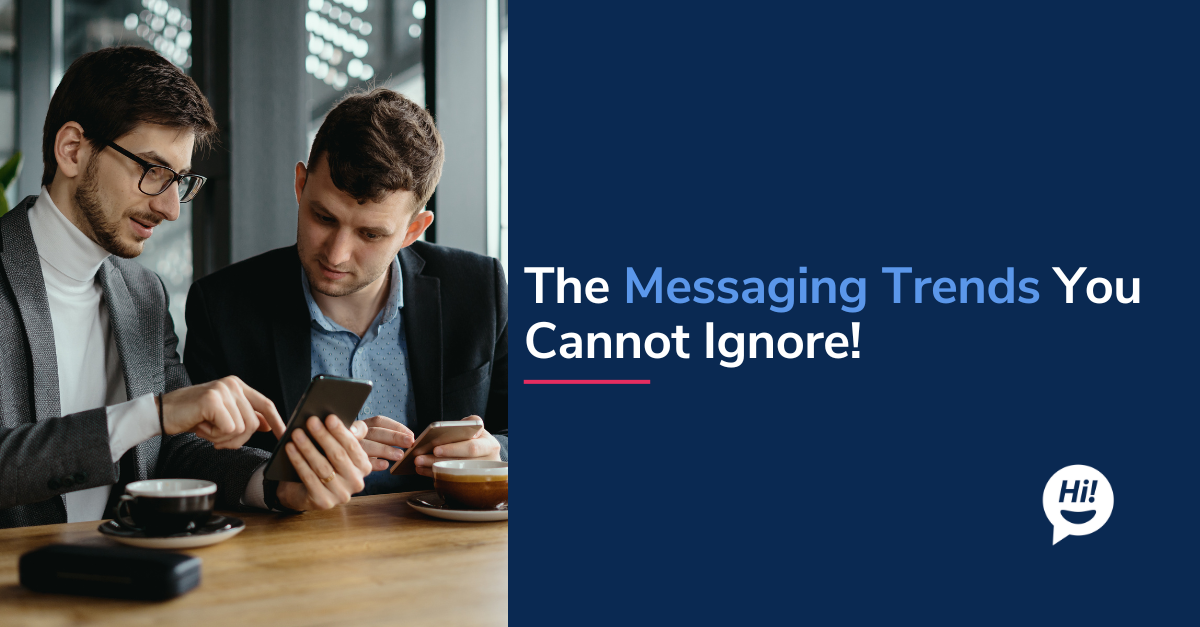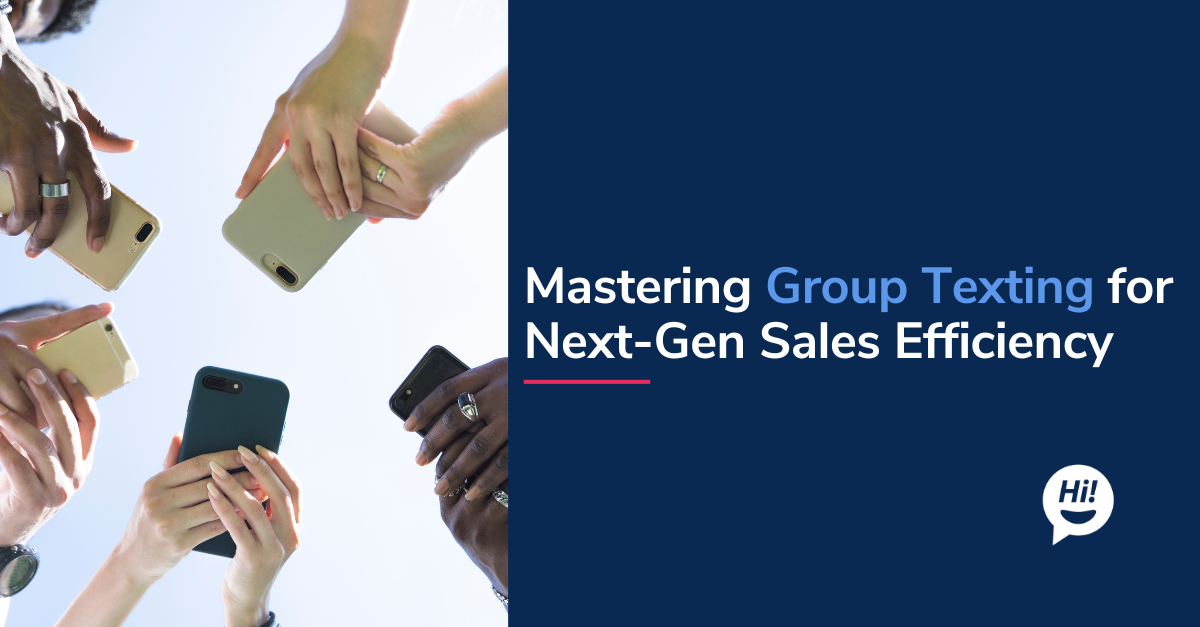In the digital age, information overload is a genuine concern. Traditional website browsing can be overwhelming, with vast amounts of data in lengthy text formats. Sometimes even boring! Sifting through information can be time-consuming and frustrating, especially for users seeking quick answers or specific details.
Imagine a tireless assistant available 24/7, ready to answer your questions, guide you through a process, or even place an order. That's the power of chatbots - conversational AI tools that rapidly transform how businesses interact with customers.
What Are The Benefits of Chatbot?
Chatbots are computer programs that simulate conversation through text or voice messages. They've gone from simple FAQ bots to sophisticated tools that can learn, adapt, and even understand emotions. This evolution makes chatbots a game-changer across industries, from retail and banking to healthcare and education.
By implementing chatbots effectively, businesses can unlock a wealth of benefits. These include:
Improved Customer Experience: Chatbots provide instant support, answer questions quickly, and personalize interactions, leading to happier and more satisfied customers.
Increased Efficiency: Chatbots can handle routine tasks, freeing up human agents for more complex issues and saving businesses time and resources.
24/7 Availability: Chatbots are always available, offering constant support regardless of time zone, leading to greater customer satisfaction and potential sales opportunities.
Data Collection and Insights: Chatbots can gather valuable customer behavior and preference data, allowing businesses to make data-driven decisions and personalize future interactions.
In short, chatbots are no longer a futuristic concept but a powerful tool shaping the future of customer service and engagement. Businesses can leverage this technology to achieve significant competitive advantages by understanding the best chatbot development and implementation practices.
How To Decide On Your Chatbot Type
Before diving into development, having a clear roadmap for your chatbot is crucial. This planning phase ensures your creation effectively addresses your goals and resonates with your target audience. Here are some steps you can take toward it:
Define Your Goals and Objectives
Before diving into development, define what you want your chatbot to achieve. Here are some key questions to consider:
What specific problems will your chatbot solve? Is it designed to answer frequently asked questions, schedule appointments, or process customer orders? Identifying your goals will determine the functionalities your chatbot needs.
How will it improve the user experience? Imagine the ideal customer journey: will your chatbot answer questions quickly, guide users through a complex purchase process, or offer personalized recommendations? Focusing on user experience enhancements will shape the overall design.
Identify Your Target Audience
Not all chatbots are created equal. Understanding your target audience is crucial for crafting an engaging and practical conversational experience. Here's what you need to know:
Needs and Preferences: What are your customers' pain points? What kind of information do they typically seek? Understanding these needs will help tailor your chatbot's responses and functionalities.
Communication Style: Consider your target demographic. Do they prefer formal or informal language? Are they comfortable with emojis and slang, or do they expect a more professional tone? Matching your chatbot's personality to your audience will enhance communication and trust.
Choose the Right Type of Chatbot
There are two main types of chatbots, each with its strengths:
Rule-based chatbots: These operate on a predefined set of rules and responses. They excel at handling routine tasks and answering frequently asked questions, making them ideal for simple inquiries and straightforward interactions.
AI-powered chatbots: These leverage artificial intelligence (AI) to understand user intent and respond with more nuanced and personalized answers. They can learn, adapt, and even hold basic conversations, making them suitable for complex scenarios and evolving customer needs.
Select the Best Communication Channels
Where will your chatbot operate? Consider the platforms your target audience frequents most. Here are some popular options:
Website: A chatbot embedded on your website can provide instant support and answer basic questions, guiding users through the buying journey.
Messaging Apps: Integrating your chatbot with popular messaging apps like Facebook Messenger or WhatsApp allows for a more familiar and convenient communication channel for your customers.
Ultimately, the best choice may involve a combination of channels, ensuring you meet your customers where they are.
What Are Some Best Practices for Chatbots?
Once you've decided on the type of chatbot, the next step is to implement some practices that will benefit you, your clients, and your growth.
Chatbots can act as intelligent assistants, summarizing complex information, filtering out irrelevant details, and presenting key points clearly and concisely. This user-friendly approach saves time and effort, leading to a more satisfying information-gathering experience.
But how do you ensure your chatbot effectively addresses information overload? Here are some best practices to keep in mind:
- Focus on conciseness: Train your chatbot to deliver clear, concise, and easily understood information.. Avoid technical jargon and overly complex sentence structures. Strive for a conversational tone that feels natural and engaging.
- Prioritize user intent: Use natural language processing (NLP) capabilities to understand the user's intent behind each question. Don't just provide generic answers—tailor responses to specifically address the user's needs.
- Offer relevant suggestions: Don't stop at just answering the initial question. A well-designed chatbot can anticipate user needs and proactively suggest additional resources or related information. This can lead to deeper exploration and a more comprehensive understanding of the topic.
- Embrace bite-sized content: People are increasingly accustomed to consuming information in bite-sized chunks. Design your chatbot to deliver content in digestible pieces, allowing users to scan and absorb key points easily.
- Integrate multimedia: Don't limit responses to text alone. Integrate multimedia elements like images, videos, or infographics to enhance understanding and cater to different learning styles.
- Track User Interactions: Analyze how users interact with your chatbot to identify areas for improvement. See which questions are frequently asked, where users get confused, or where conversation flows break down.
- Gather User Feedback: Actively solicit feedback through surveys or direct prompts within the chatbot. Ask users about their experience and suggestions for improvement.
- Maintain a Fresh Knowledge Base: Regularly update your chatbot's knowledge base with fresh information, ensuring it can access the latest data and provide accurate responses.
By adhering to these best practices, you can create a chatbot that effectively cuts through information overload, empowering users to find the information they need quickly and efficiently. This improves user experience and positions your chatbot as a valuable resource within your industry.
In Conclusion,
By following these best practices for a chatbot, you can build one that enhances customer experience and positions your business as a leader in innovation. Remember, the key lies in understanding your audience, defining clear goals, and continuously refining your chatbot based on user data and feedback.
The future of chatbot technology is bright. As AI capabilities evolve, chatbots will become even more sophisticated, seamlessly integrating into our daily lives and transforming how we interact with businesses.
Are you ready to embrace the future of customer service? Start implementing these best practices today and watch your chatbot become a valuable asset in your customer engagement strategy. If you want to learn more about Botsplash chatbots or any additional services we provide, reach out to us for a FREE demo.
To learn more about Botsplash click the button below to schedule a demo with our team.

.gif)









